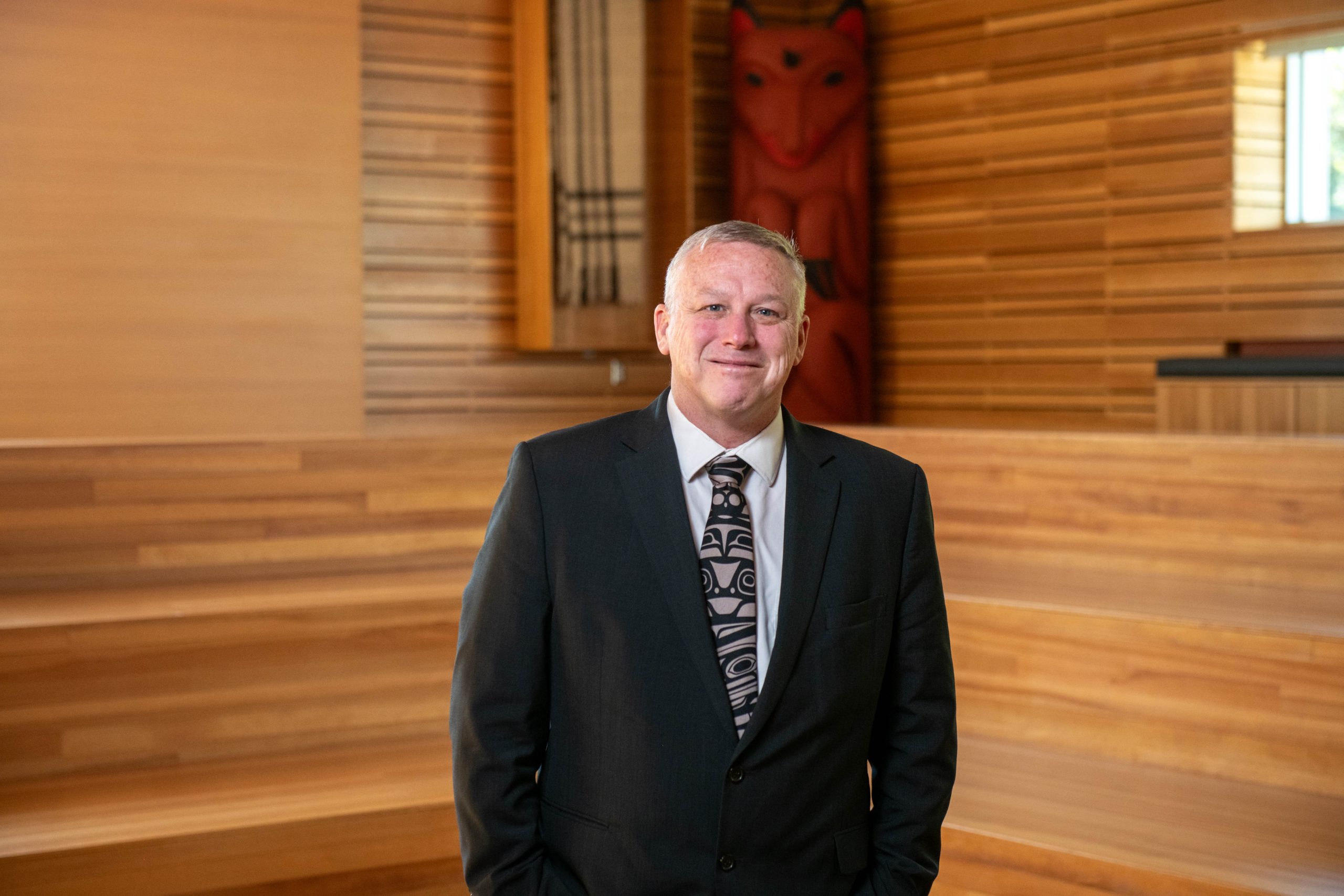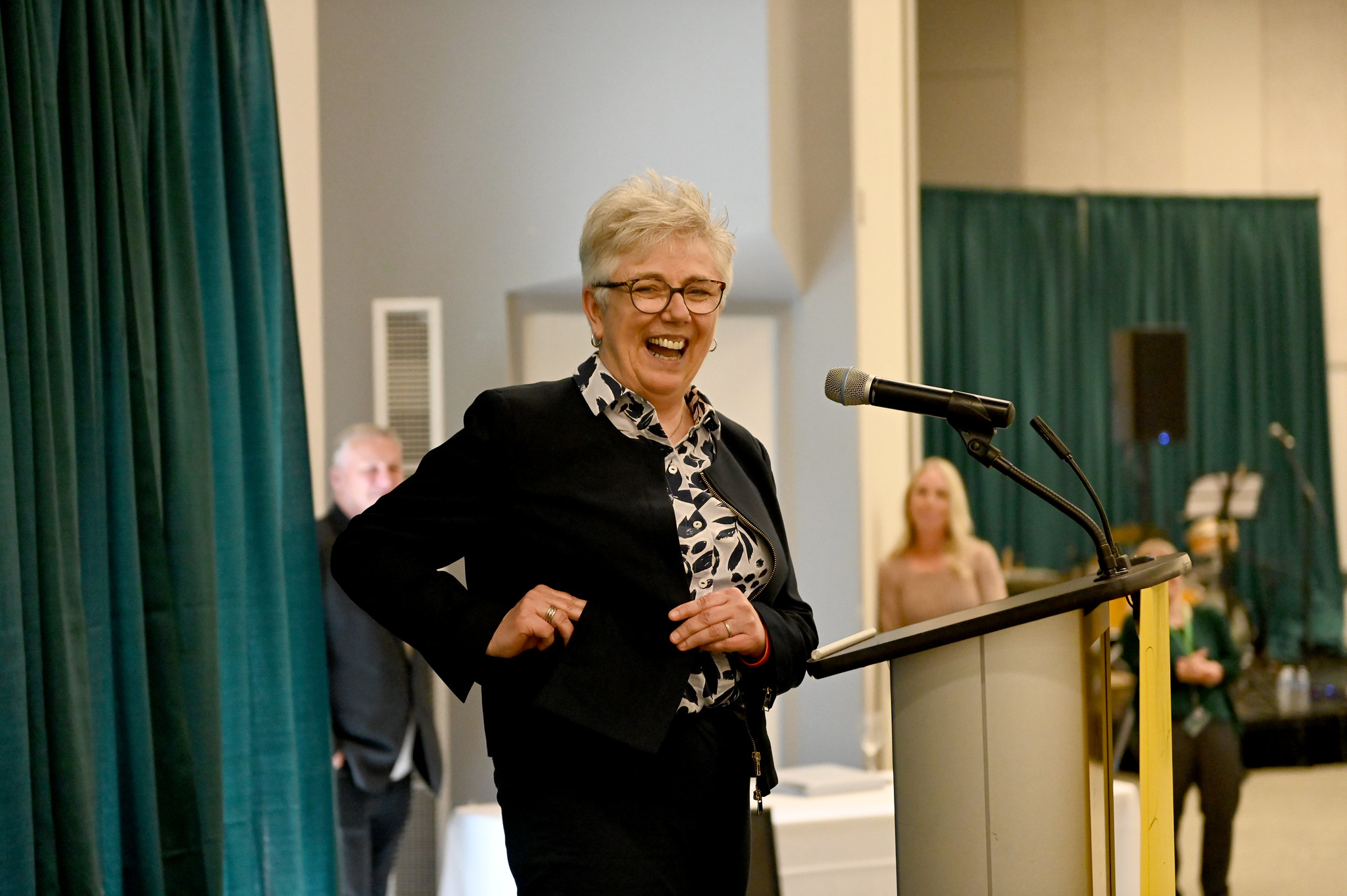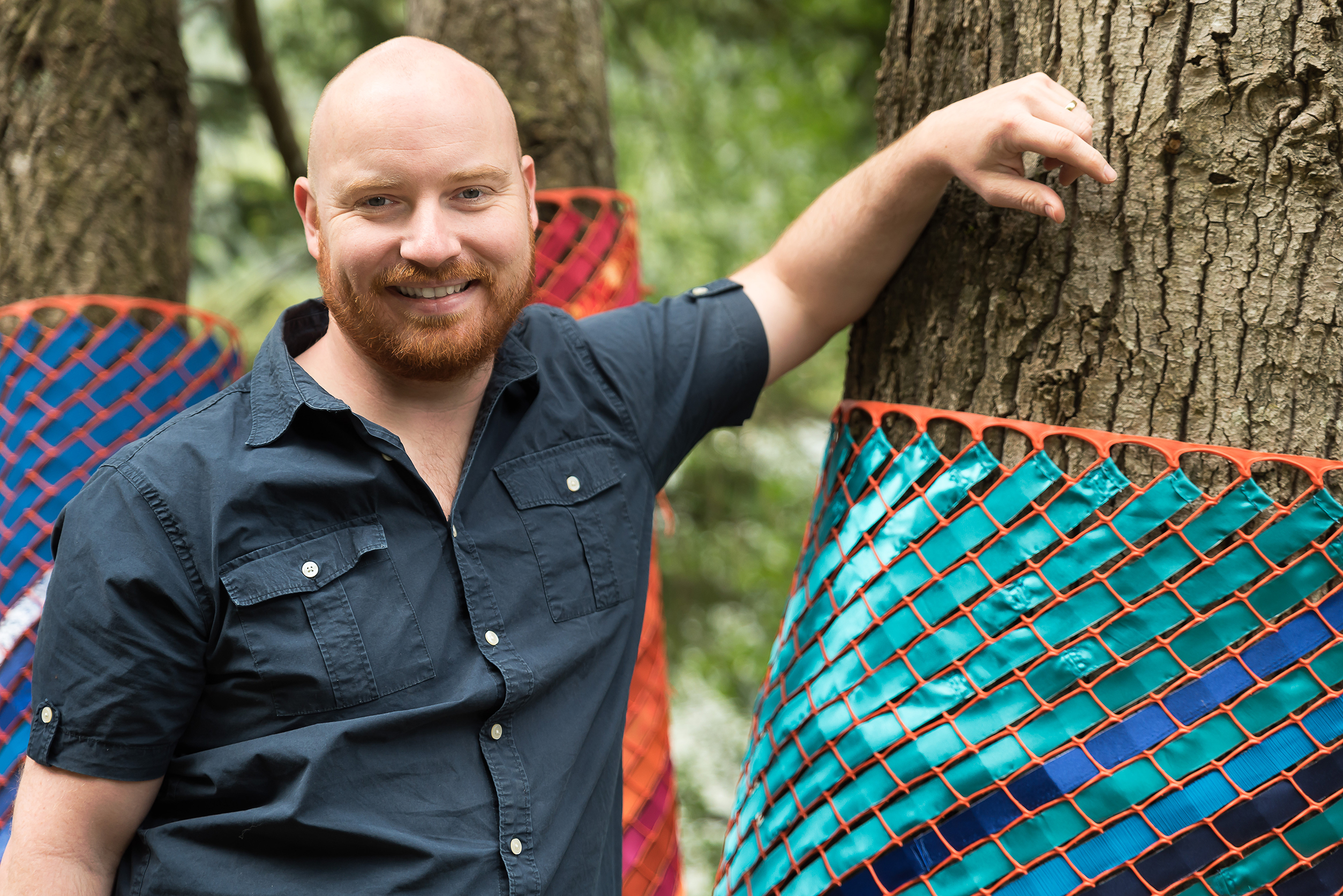Black Lives Matter Social Justice Art Project encourages solidarity and change through visual art

A new exhibit in the S’eliyemetaxwtexw Art Gallery on the UFV Abbotsford campus shines a critical light on racism and promotes ways of addressing and opposing it.
The Black Lives Matters Social Justice Art Project brings together four local BIPOC artists, most of them UFV students, who have been selected to create works of art to encourage thoughtful education about social justice issues.
The goal of the project is to bring the community together to learn about social justice through art and to consider the community’s role in responding to white supremacy and racial injustice both globally and locally.
“The Black Lives Matter Social Justice Art Project aims to bring our Fraser Valley community together in support for and solidarity with the Black community through visual art. By exhibiting the canvas paintings of four participating BIPOC Fraser Valley artists, we hope to increase awareness of the systemic racism faced by Black people and inspire concrete action to tackle its existence globally and locally,” states the project’s website.
The work of four artists is featured in the show: Michelle Msami, Dona Park, Rain Neeposh and Faria Firoz.
They were guided by cultural mentors Desiree Dawson, a BC musician, and art mentor Shelley Stefan, a UFV fine arts professor.
Stefan is a strong proponent of the power of art to effect change, and advocates for the public to pay close attention to what the artists are telling us and then to take action.
“Listen to artists like Jamila Woods in songs like VRY BLK or read poets like Nate Marshall in books like FINNA,” recommends Stefan. “Look at the paintings by these BLM Social Justice Art Project artists as a way to open up, feel, learn, strengthen, resonate, be implicated [white people], and, most importantly, be moved to step up together in actionable ways to support Black folks and Black communities, as well as communities of Indigenous, Mixed Race, and People of Colour.”
All four artists joined together from various backgrounds to show their support for Black Lives, and all are representing the BIPOC community.
But there’s more to the story than a compelling art exhibit.
The project is also a prime example of experiential learning in action.
Three geography classes at UFV led by Dr. Cherie Enns — one in Summer 2020, one in Fall 2020, and one in Summer 2021 — were involved in planning how best to create a public display amplifying the Black Lives Matter message.
“The frame of reference for our transformative placemaking course included justice, equity, diversity, decolonization and inclusion,” notes Enns. “Our hope was to amplify the artist’s voice and build empathy. It is my belief that paradigm shifts emerge through the artist’s lens in the context of place. It was an honour to collaborate with artists, mentors, community members and students in our interdisciplinary transformative course placemaking project.”
The students in the Summer 2021 class, which was team-taught by geography professor Cherie Enns and graphic design professor Miranda Ting, handled tasks such as defining the scope of the project, communicating with stakeholders including UFV and the City of Abbotsford, planning the COVID-protocol–compliant launch event (at a time when it was uncertain whether any type of live event could happen), and creating a visual identity, website, communications strategy, and social media presence for the project.
“They had an opportunity to see the power of cross-collaboration, how human-centered design and placemaking can potentially solve problems,” notes Ting. “This creates rich learning experiences and creative leaders for the future of tomorrow. It is wonderful to have UFV supporting these multi-disciplinary initiatives, as this leads to rewarding and enriching experiences that inspire change in the community.’
Larissa Horne is the Experiential Education Coordinator at UFV, based in the Centre for Experiential and Career Education. She also coordinates UFV’s involvement in CityStudio Abbotsford and the experiential learning projects that spring up from within the model. She helped guide the project throughout its three-semester genesis.
“This project really exemplifies experiential education,” Horne says. “It provided a chance for many students to experience how public art can influence community and public perception. They also had to work through many challenges to see the project through to fruition. The resulting art exhibit showed how the university, community, and business partners can come together in support of students’ grassroots ideas and social activism and learn and grow together.”
Organizers are planning for some of the works in the exhibit to travel to other locations in Abbotsford.
Find out more about the artists, their works, their supporters, and the other aspects of the project at:
UFV’s S’eliyemetaxwtexw Art Gallery hours are Monday to Friday, noon to 5 pm. The BLM Social Justice Art Project runs until September 15.




